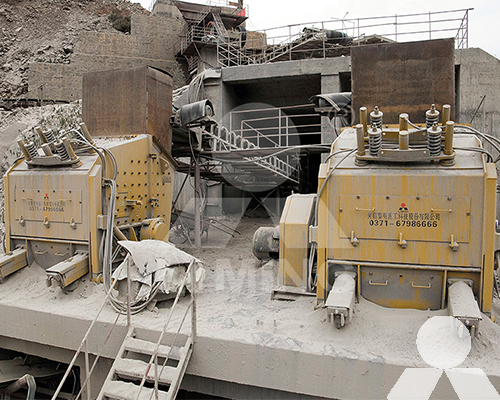European type impact crusher is used in mongolia gangue production line
Gangue is a waste material that is produced during the mining and processing of minerals. It is typically composed of rocks, minerals, and other materials that are not the desired product. In Mongolia, gangue is often used to produce sand and gravel for construction purposes.
European type impact crusher are a type of crusher that is used to crush gangue into sand and gravel. These crushers are characterized by their high efficiency and production capacity. They are also relatively easy to operate and maintain.

How European type impact crusher works
European type impact crushers work by using a rotating shaft with hammers to break the gangue into smaller pieces. The hammers are typically made of steel or other strong material. The shaft is rotated by a motor, which drives the hammers to impact the gangue.
The size of the sand and gravel produced by an impact crusher can be controlled by adjusting the spacing between the hammers. The closer the hammers are spaced, the smaller the sand and gravel will be.
Applications of European type impact crusher in Mongolia
European type impact crushers are used in a variety of applications in Mongolia, including:
- Production of sand and gravel for construction: Sand and gravel are essential materials for construction projects such as roads, buildings, and bridges. European type impact crushers are a cost-effective way to produce sand and gravel for these projects.
- Production of aggregate for concrete: Aggregate is a mixture of sand, gravel, and other materials that is used in concrete. European type impact crushers can be used to produce aggregate for concrete that meets the required specifications.
- Production of other materials: European type impact crushers can also be used to produce other materials from gangue, such as ceramic raw materials and roadbed materials.
European type impact crushers are a versatile and efficient way to crush gangue into sand and gravel. They are becoming increasingly popular in Mongolia due to their high productivity and cost-effectiveness.









